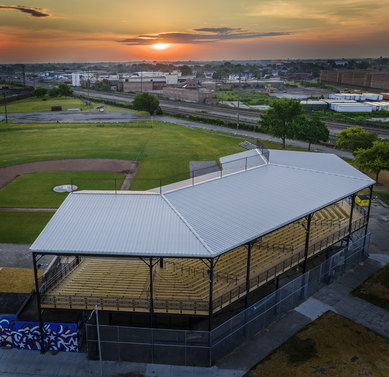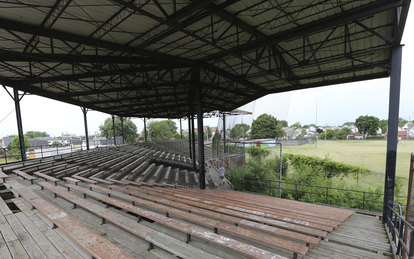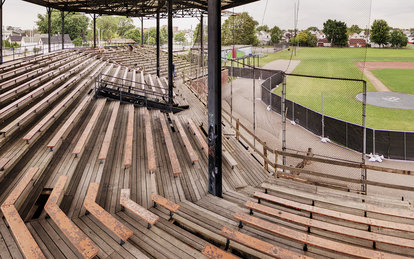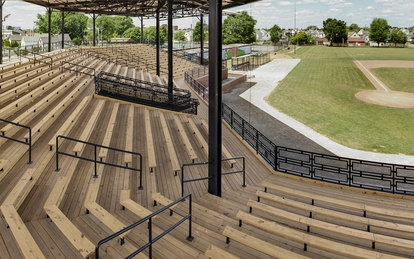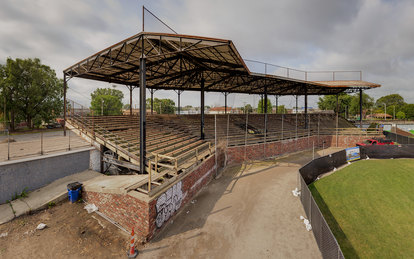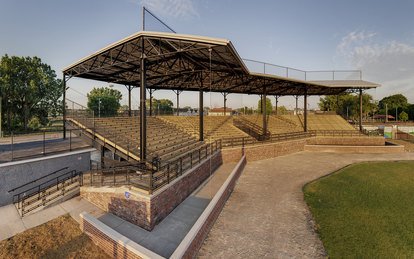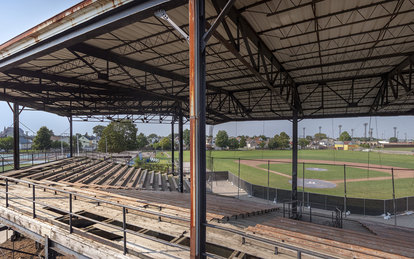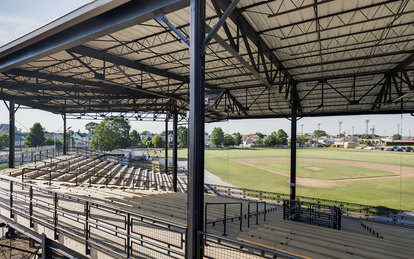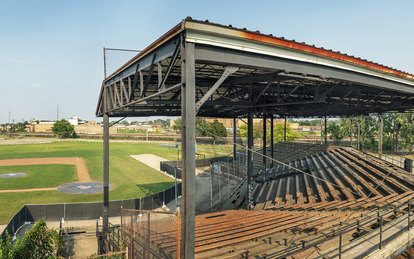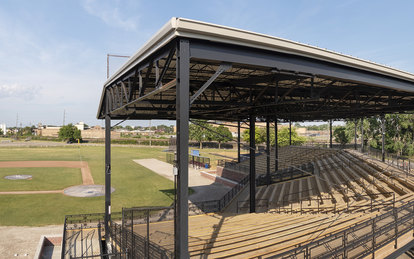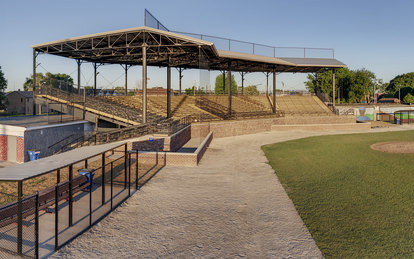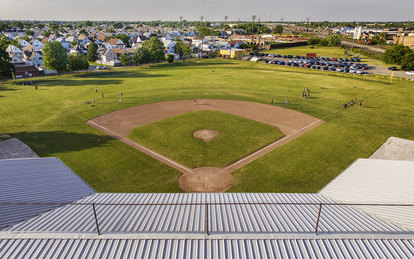Hamtramck Stadium
A new vision for one of only 12 remaining Negro League ballparks recognizes the property’s historic significance and its potential to serve as a recreation hub for today’s diverse Hamtramck residents.
Client
Wayne County
Location
Hamtramck, Michigan
Markets/Services
Historic Preservation, Civil Engineering, Structural Engineering, Cultural, Cultural Landscapes, Parks & Open Spaces, Community & Regional Parks
Size
6 acres
At the peak of the segregation era in the mid-20th century, the Negro Leagues starred many of professional baseball’s top athletes. Just a dozen of the league’s original ballparks remain, including the 1930 stadium built for the Detroit Stars in Hamtramck, Michigan, a dense and diverse city nearly surrounded by Detroit. Community members, baseball enthusiasts, and preservationists were eager to save the abandoned facility with such a significant heritage.
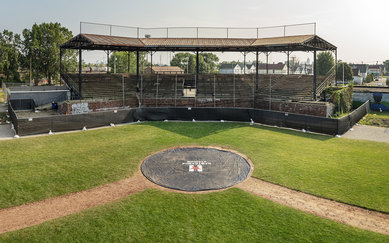
With an African American Civil Rights Program grant from the National Park Service’s Historic Preservation Fund, the city looked at how it could preserve and repurpose the aging complex. The resulting vision honors Hamtramck Stadium’s historic legacy, recreating a functioning ballpark that celebrates the Negro Leagues accomplishments while also sharing the untold stories of civil rights transgressions. It creates a new legacy, providing a multi-faceted recreational hub for what has long been an underserved community.
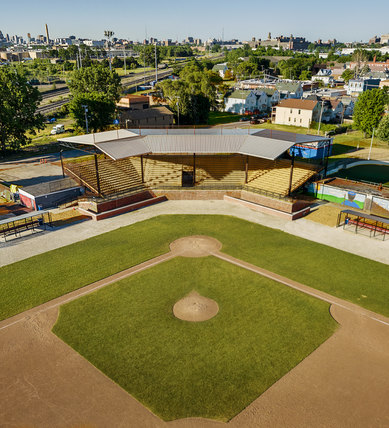
The HSR explored new uses for the stadium and its grounds, carefully balancing historic preservation, accessibility, and the interests of area residents.
SmithGroup was tasked to prepare a Historic Structure Report (HSR) that identified safety and code issues and made a series of recommendations to remedy deferred maintenance. Not only were community members highly engaged in the visioning process, groups like Friends of Hamtramck Stadium were instrumental in saving the complex from demolition and getting it listed on the National Register of Historic Places.
The vision that emerged rehabilitates the original grandstand and re-establishes a baseball field that can once again be used for games and all manner of historic celebrations. At the same time, design concepts address the broader interests of today’s Hamtramck community. The largest open space in the city becomes an active center for a diversity of user groups, with facilities for soccer, cricket, softball and baseball, locker rooms, a multi-use walking path, a community pavilion and event support spaces. In 2022, the first redevelopment phase was completed, which included full rehabilitation of the grandstand structure, seating deck, roof, and the inclusion of accessible seating.
